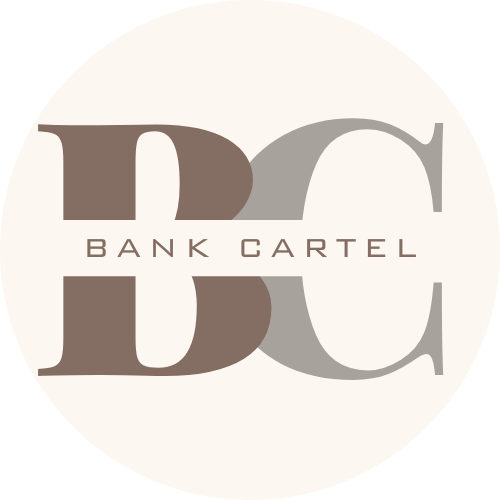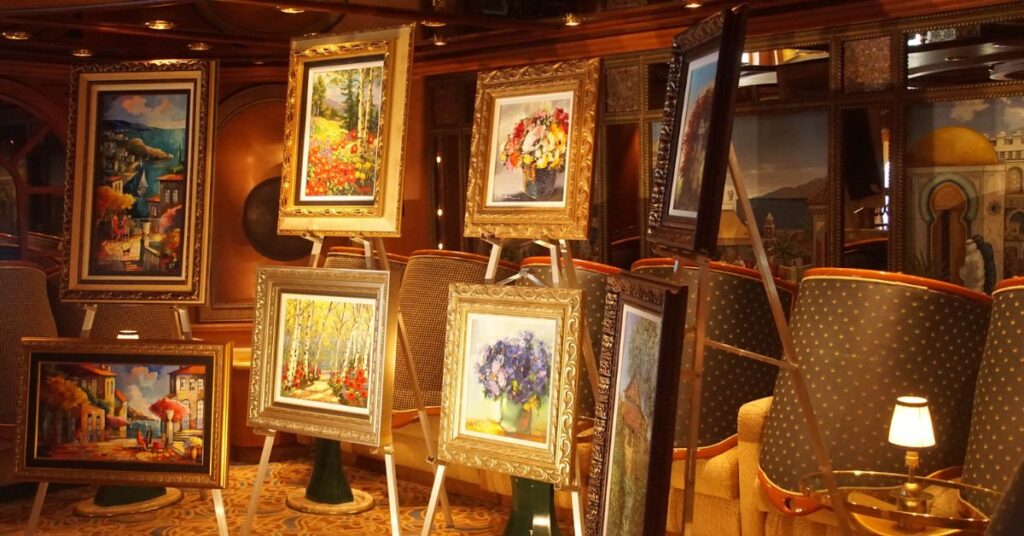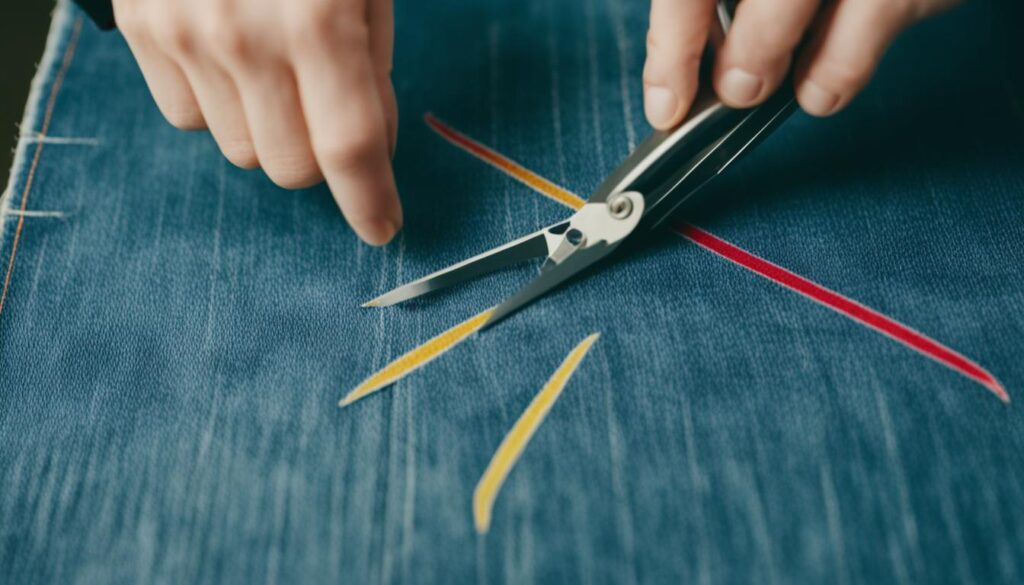In a world where financial investments can take many forms, fine art investment has emerged as a fascinating and potentially lucrative option. While traditional assets like stocks and bonds remain popular, more and more investors are diversifying their portfolios by venturing into the art market. This comprehensive guide will walk you through the nuances of fine art investment, providing insights, tips, and strategies to help you navigate this unique and captivating arena.
The Art of Investing
Fine art investment combines the worlds of culture, aesthetics, and finance. It’s a unique way to grow your wealth while indulging in your passion for art. Unlike traditional financial instruments, art investments have the potential to provide not only financial returns but also aesthetic and emotional satisfaction.
Understanding Fine Art Investment
What Constitutes Fine Art?
Fine art encompasses a wide range of visual and decorative arts, including painting, sculpture, photography, and more. The value of a fine art piece often depends on its rarity, artistic significance, and historical context.
Why Invest in Art?
Investing in art offers diversification benefits and can act as a hedge against economic downturns. Additionally, art can appreciate in value over time, making it an attractive long-term investment.
Risks and Rewards
While the art market can be profitable, it’s not without risks. Art prices can be volatile, and the lack of regulation in the market can make it challenging to navigate. However, for those willing to put in the effort, the rewards can be substantial.
Getting Started in Fine Art Investment
Setting Your Investment Goals
Before diving into art investment, define your goals. Are you looking for short-term gains, long-term appreciation, or personal enjoyment? Your objectives will shape your investment strategy.
Budgeting for Art Investment
Art investments can vary widely in price. Establish a budget that aligns with your financial situation and investment goals. Keep in mind that art may require additional costs such as insurance and maintenance.
Building an Art Collection
Building a diverse art collection can enhance your investment portfolio. Consider different styles, mediums, and artists to create a well-rounded collection.
Research and Due Diligence
The Role of Art Advisors
Art advisors can provide valuable insights and guidance. They can help you navigate the art world, identify investment opportunities, and connect you with reputable galleries and artists.
Examining Art Trends
Stay informed about current art market trends. Understanding what’s popular can help you make informed investment decisions.
Evaluating an Artist’s Reputation
An artist’s reputation can significantly impact the value of their work. Research an artist’s background, exhibitions, and critical acclaim before investing.
Art Acquisition Strategies
Auction Houses vs. Galleries
Auction houses offer a transparent and competitive environment for buying art, while galleries provide a more curated experience. Explore both options to find the best fit for your preferences.
Online Art Marketplaces
The digital age has brought art buying online. Platforms like Artsy and Saatchi Art offer a wide selection of art pieces, making it convenient for collectors.
Private Sales and Negotiations
Private sales allow for personalized negotiations. Building relationships with artists and collectors can lead to unique investment opportunities.
Preserving and Caring for Your Art
Proper Storage and Display
Art pieces require careful handling and storage to prevent damage. Invest in appropriate display and storage solutions to protect your investments.
Insurance for Art Investments
Art insurance provides peace of mind in case of theft, damage, or loss. Ensure your collection is adequately insured.
Restoration and Maintenance
Regular maintenance and, if necessary, professional restoration can preserve the quality and value of your art collection.
The Art of Valuation
Factors Affecting Art Prices
Art prices are influenced by factors such as artist reputation, rarity, demand, and historical significance. Understanding these factors is essential for valuation.
Appraisal and Authentication
Professional appraisers can determine the value of your art. Authenticity and provenance are critical factors in the appraisal process.
Tracking Art Market Indices
Keep an eye on art market indices to gauge the performance of your collection relative to the overall market.
Selling Your Art Investments
Timing the Sale
Knowing when to sell is crucial. Market conditions and personal financial goals should inform your decision.
Choosing the Right Sales Channel
Decide whether to sell through auctions, galleries, or private sales, depending on your goals and the specific art pieces.
Navigating Tax Implications
Art sales may have tax consequences. Consult a tax advisor to understand the tax implications of selling your art investments.
Art as a Long-Term Investment
Diversification and Risk Management
Include art as part of your diversified investment portfolio to spread risk and potential rewards.
Building a Legacy Collection
Consider the long-term legacy of your art collection, as it can have a lasting impact beyond your lifetime.
Emerging Trends in Fine Art Investment
The world of art investment is dynamic and ever-evolving. Stay attuned to emerging trends to seize new opportunities:
Digital Art and NFTs
Digital art and Non-Fungible Tokens (NFTs) have revolutionized the art market. These digital assets offer ownership of unique pieces, often backed by blockchain technology. Exploring this space can be a game-changer for tech-savvy investors.
Sustainability in Art
As environmental concerns grow, sustainable art practices gain traction. Look for artists who prioritize eco-friendly materials and processes, as these pieces may gain value in an environmentally conscious world.
Art Investment in Emerging Markets
Traditional art markets like New York and London are no longer the only players. Emerging markets, including Asia and the Middle East, are experiencing a surge in art investment. Diversifying your collection globally can be a savvy move.
The Ethical Aspect of Art Investment
While art investment can be financially rewarding, it also comes with ethical responsibilities:
Cultural Heritage and Repatriation
Be mindful of the cultural heritage associated with art pieces. Repatriation issues can arise when artworks have been removed from their countries of origin. Ethical investing means respecting these concerns.
Supporting Emerging Artists
Investing in emerging artists not only supports their careers but also adds diversity to your collection. Keep an eye out for talented artists who may become the next big names in the art world.
Case Studies: Successful Art Investors
To truly grasp the potential of fine art investment, let’s take a look at a few inspiring case studies:
Warren Buffett: The renowned investor diversified his portfolio with art, including works by renowned artists like Norman Rockwell. His collection has grown significantly in value over the years.
Steve Cohen: The billionaire hedge fund manager has an impressive collection of modern and contemporary art. His strategic purchases have earned him both aesthetic pleasure and financial gain.
Sheikh Saud bin Mohammed Al-Thani: The Qatari royal and art collector built an extensive collection of Islamic and contemporary art. His dedication to preserving culture through art investment is remarkable.
Your Journey into Fine Art Investment
Investing in fine art is not just about making money; it’s a journey of cultural exploration, aesthetic appreciation, and financial potential. With careful research, strategic acquisitions, and a long-term perspective, you can successfully navigate the art market and create a collection that enriches both your life and your portfolio.
Now, if you’re ready to embark on this exciting venture, remember that every art investment decision should align with your goals, values, and interests. The art market is as much about passion as it is about profit.
Remember, art investment is an art in itself, requiring patience, discernment, and a keen eye. Whether you’re captivated by classic masterpieces or cutting-edge contemporary works, the world of fine art investment awaits your exploration.
Frequently Asked Questions
Is fine art investment suitable for beginners?
Yes, fine art investment can be suitable for beginners. Start with a modest budget and focus on learning about art and the market.
How do I know if a piece of art is a good investment?
Research extensively, consult experts, and consider factors like artist reputation, provenance, and market trends to assess an artwork’s investment potential.
What role does art provenance play in investment decisions?
Provenance, or the documented history of an artwork’s ownership, can significantly impact its value and authenticity. It’s a crucial consideration when investing in art.
Can I invest in art with a limited budget?
Yes, you can invest in art with a limited budget. Look for emerging artists or smaller pieces that fit your financial constraints.
What are the tax implications of selling art investments?
The tax implications of selling art investments vary by location and individual circumstances. Consult a tax advisor to ensure compliance with tax regulations.
















